It seems I can’t bypass a botanical garden. You never know what kind of interesting plants you might find or what interesting facts you might learn there. For example, the carnivorous Venus Flytrap shown in the opening image is cultivated around the world, but is native only to coastal areas of the North and South Carolina. If an insect triggers the tiny hairs on the inside of the leaf, the plant closes in less than a second capturing the morsel and it’s lunchtime for the plant. Once it determines the morsel is edible, the leaf closes tightly and reopens in a few days to a couple of weeks depending upon the amount of time it takes to digest the morsel.
We found the Venus Flytrap and several varieties of pitcher plants in a small section of the garden. Though the specifics of how these plants attract insects varies, the result is the same. The unsuspecting morsel finds itself on the edge of the pitcher where, moistened by dew or a plant secretion, the surface is very slippery. Water or plant secretions in the bottom of the plant drown the insect and the digestive process begins.
During our visit to the garden in October and through December 9, 2018, many sculptures were placed throughout the garden in a competition of sorts. Some, like the hand in the image above were quite large, others were on a much smaller scale. I’ve included several examples including the “Best in Show” in the gallery that accompanies this post.
In addition to garden areas, there are natural areas such as the stand of tall trees in the image above. Nearby the gardens, the Coker Arboretum attracts visitors year round. Though the Botanical Garden grounds are closed on Mondays and holidays, the arboretum is open daily all year long.
Of course, gardens should have flowers and even in late October, there were plenty of blossoms to see and capture. Being only interested in the beauty of the flowers and (unless there is a sign), not knowing the name, let alone variety, of most flowering plants, I will leave the readers of this post to identify the plants for themselves.
There are a wide variety of display gardens in the herbarium. The Mountain Habitat Garden also features a cabin moved to the grounds in 1991. Southern playwright Paul Green used the cabin as a retreat where he spent much of his creative time. Looking at a bibliography of his work, I find I don’t have the literary background to be familiar with his many writings, though I did recognize a couple of titles. He is also known for producing screenplays and books. The cabin has been fully restored and is unlocked and open for viewing inside.
There are lots of walking paths through the gardens and natural areas of the facility managed by the University of North Carolina and its mission “To inspire understanding, appreciation, and conservation of plants and to advance a sustainable relationship between people and nature.” is the garden’s main focus. I submit for your review a gallery of images captured that day at the gardens. High resolution renditions of the images can be viewed in most browsers by clicking on an image to enlarge it and to scroll through the gallery. Much of the information in this post was gleaned from the North Carolina Botanical Garden website. You can find out more about the gardens on their home webpage here.
John Steiner

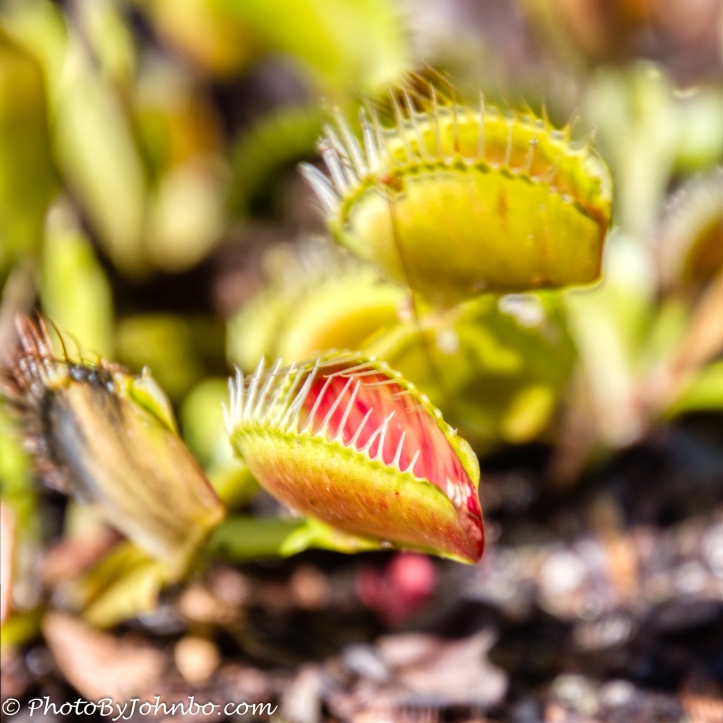
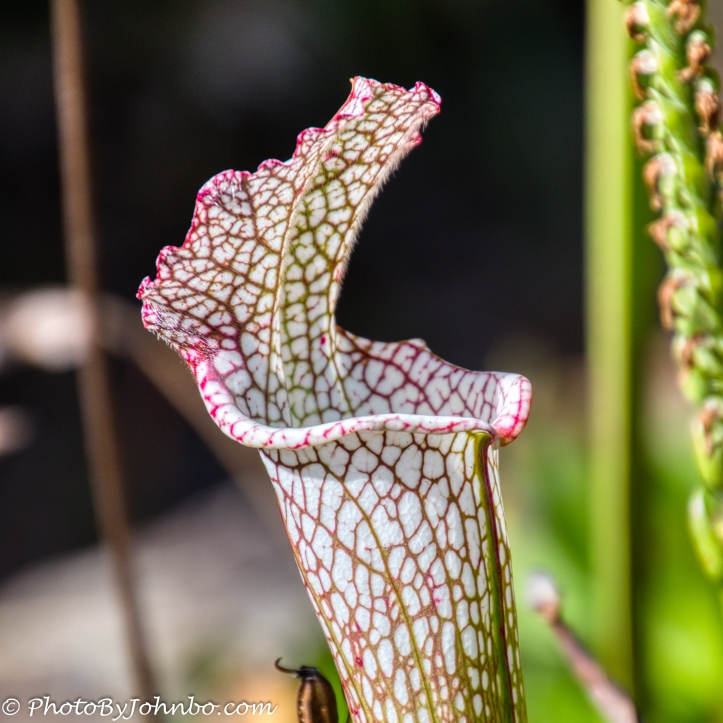

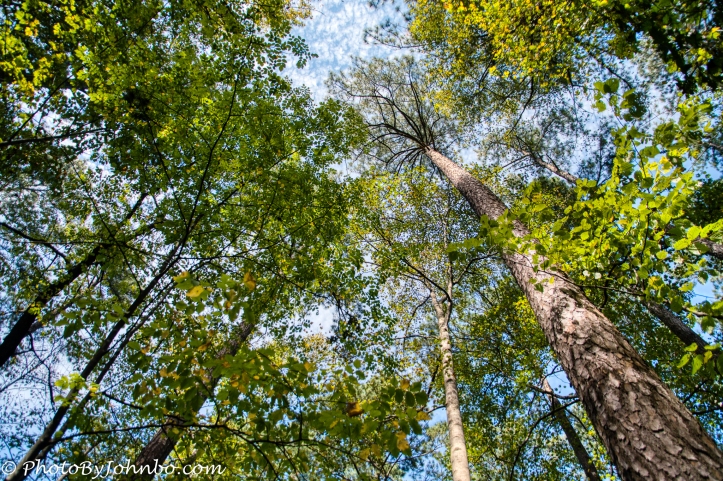
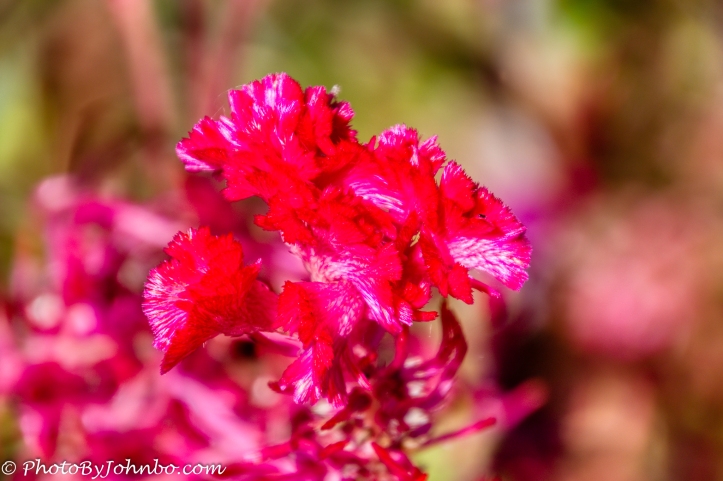
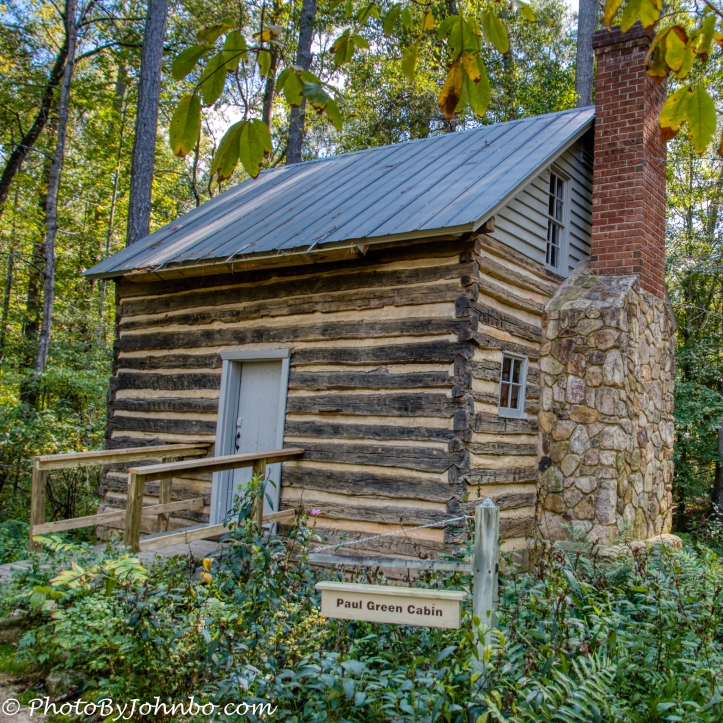
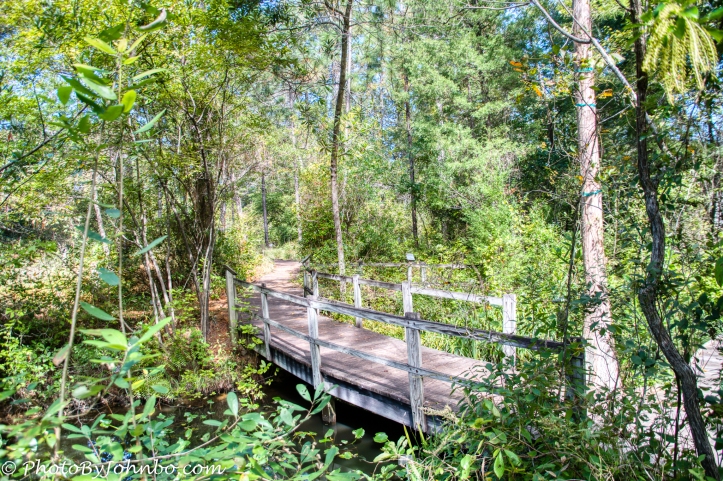













Gorgeous shots, John! Cher xo
Thank you!
😊
Wow! Beautiful photos!
Terri
Thank you, and thanks for stopping by.
Another lovely collection of images, John!
I find the idea of carnivorous plants fascinating, it is such a marvel!
Thank you much! It is a beautiful place to visit.
Good times! Happy Thanksgiving!
And to you and N as well!!